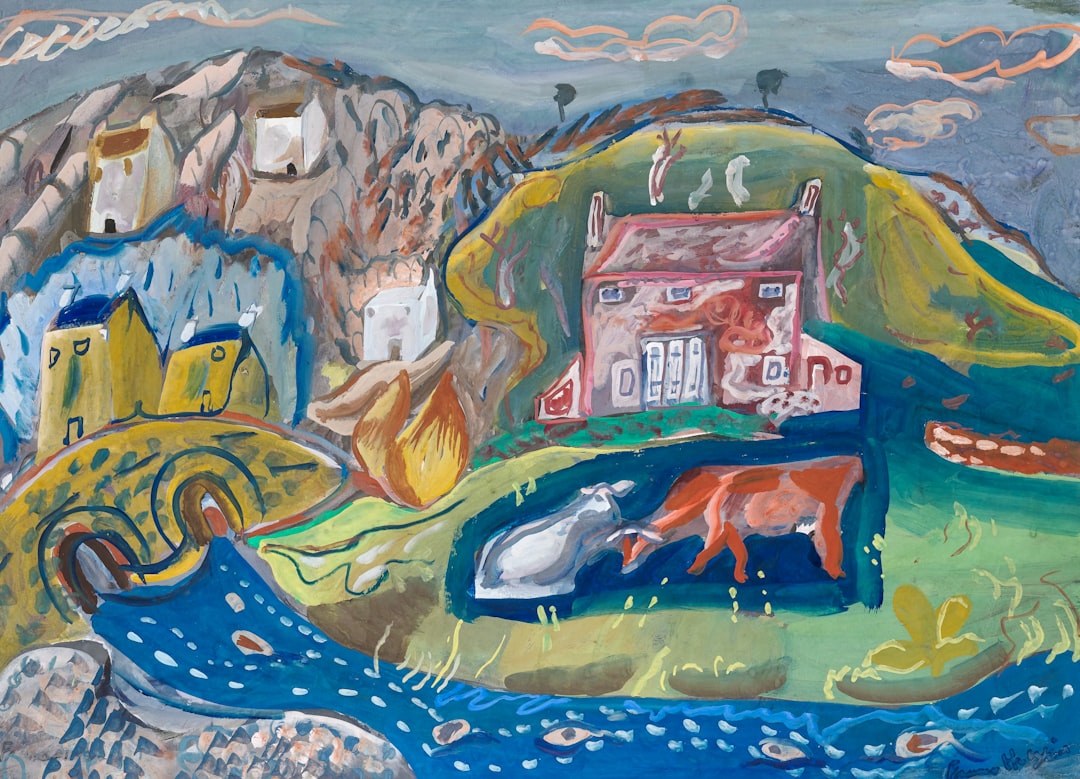In the realm of creativity, the brushstrokes of innovation continue to expand the boundaries of what art can be and how it is created. The integration of artificial intelligence (AI) into the art world has opened up a new frontier for exploration, where technology and human creativity intersect in fascinating and sometimes controversial ways. This article delves into the myriad ways AI is being used to both mimic traditional artistic expressions and create entirely new forms of art, challenging our perceptions and understanding of artistry itself.
The Dawn of AI-Generated Art
The emergence of AI in the art world has been marked by its ability to learn and replicate the styles of various human artists. AI algorithms, trained on vast datasets of historical artworks, can generate pieces that range from classical to contemporary styles. This capability not only raises questions about originality and authenticity but also democratizes art production, making it accessible to those without formal training. The resultant artwork, often indistinguishable from human-made art, invites us to reconsider the value and definition of creativity.
Collaboration between Artists and AI
Rather than viewing AI as a replacement for human artists, many in the creative community see it as a collaborator, offering new tools and processes for artistic expression. Artists like Refik Anadol and Sougwen Chung have embraced AI to enhance their creative processes, using machine learning algorithms to create visual and auditory experiences that are responsive and evolutionary. These collaborations are producing novel artworks that are a blend of human emotional depth and AI’s computational power, illustrating the potential of cooperative creativity.
Ethical Considerations and Authorship
With AI’s role in art growing, ethical questions surface regarding authorship and copyright. Who owns an AI-generated piece of art—the creator of the algorithm, the artist who selected the inputs, or the AI itself? As legal systems scramble to catch up with these advances, the art world grapples with the implications of AI in determining the locus of creative control and the definition of authorship in the digital age.
The Influence of AI on Artistic Perception
AI is also changing the way art is consumed and interpreted. AI-driven analytics can help predict audience reactions, tailor experiences to individual viewers, and even alter artworks in real-time based on viewer engagement. This adaptive art, while enhancing personalization, introduces debates about the purity of artist intent and the role of audience in the creation of art. It challenges traditional notions of the static and unchanging nature of artworks.
Future Prospects: AI and the Evolution of Art
Looking forward, the possibilities of AI in art are boundless, with potential to further blur the lines between creator and creation. Advances in AI could lead to more immersive and interactive art experiences, such as virtual reality environments or dynamic sculptures that react to their surroundings. As AI continues to evolve, it may also bring about new art forms, fundamentally altering the landscape of artistic expression just as past technological innovations have.
The fusion of AI and art is not just a passing trend but a profound evolution of how art is made and understood. As we stand on this precipice, the future holds both immense potential and formidable challenges, promising a new era where art and technology coalesce into a grand tapestry of human and machine collaboration.







